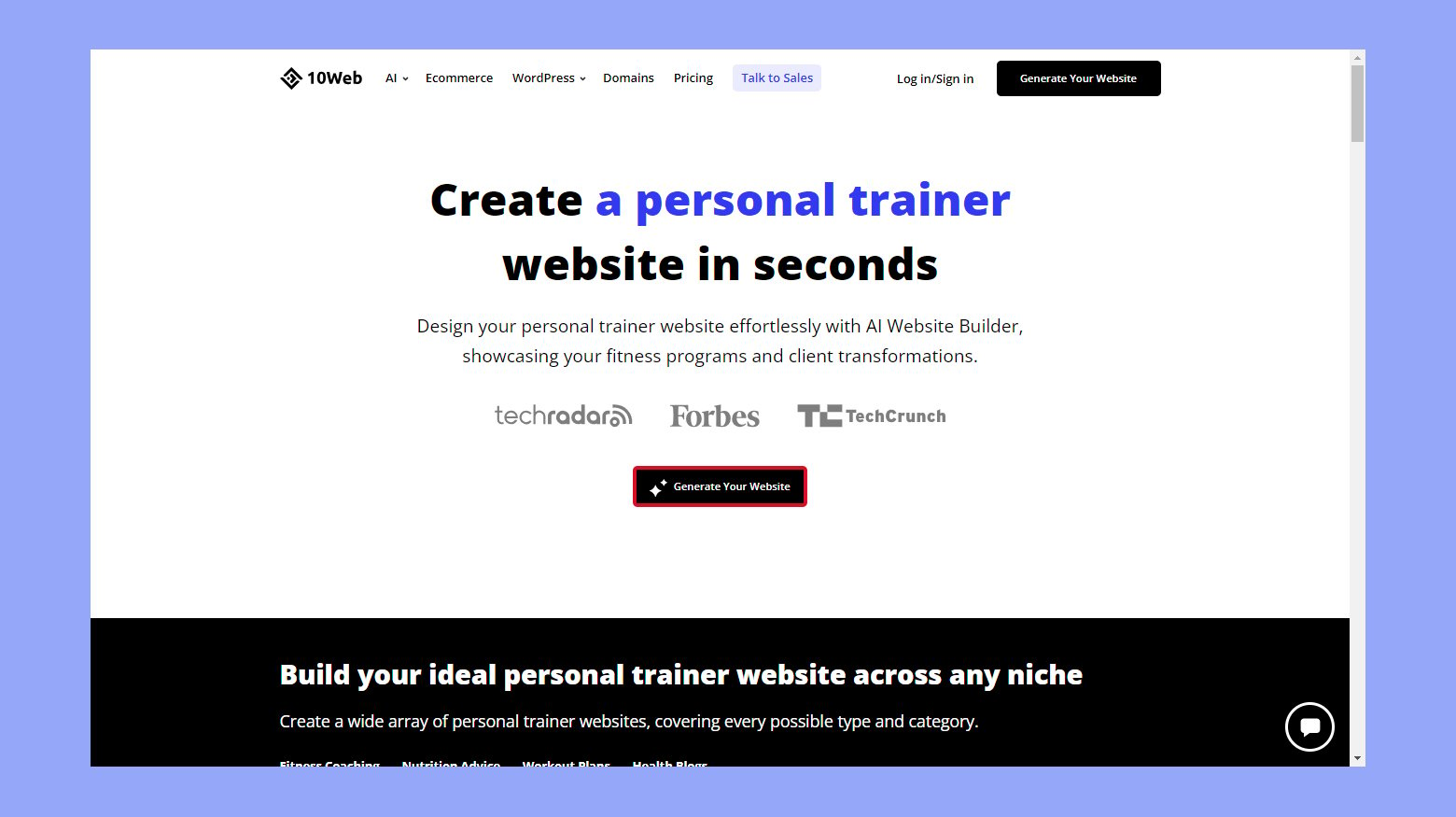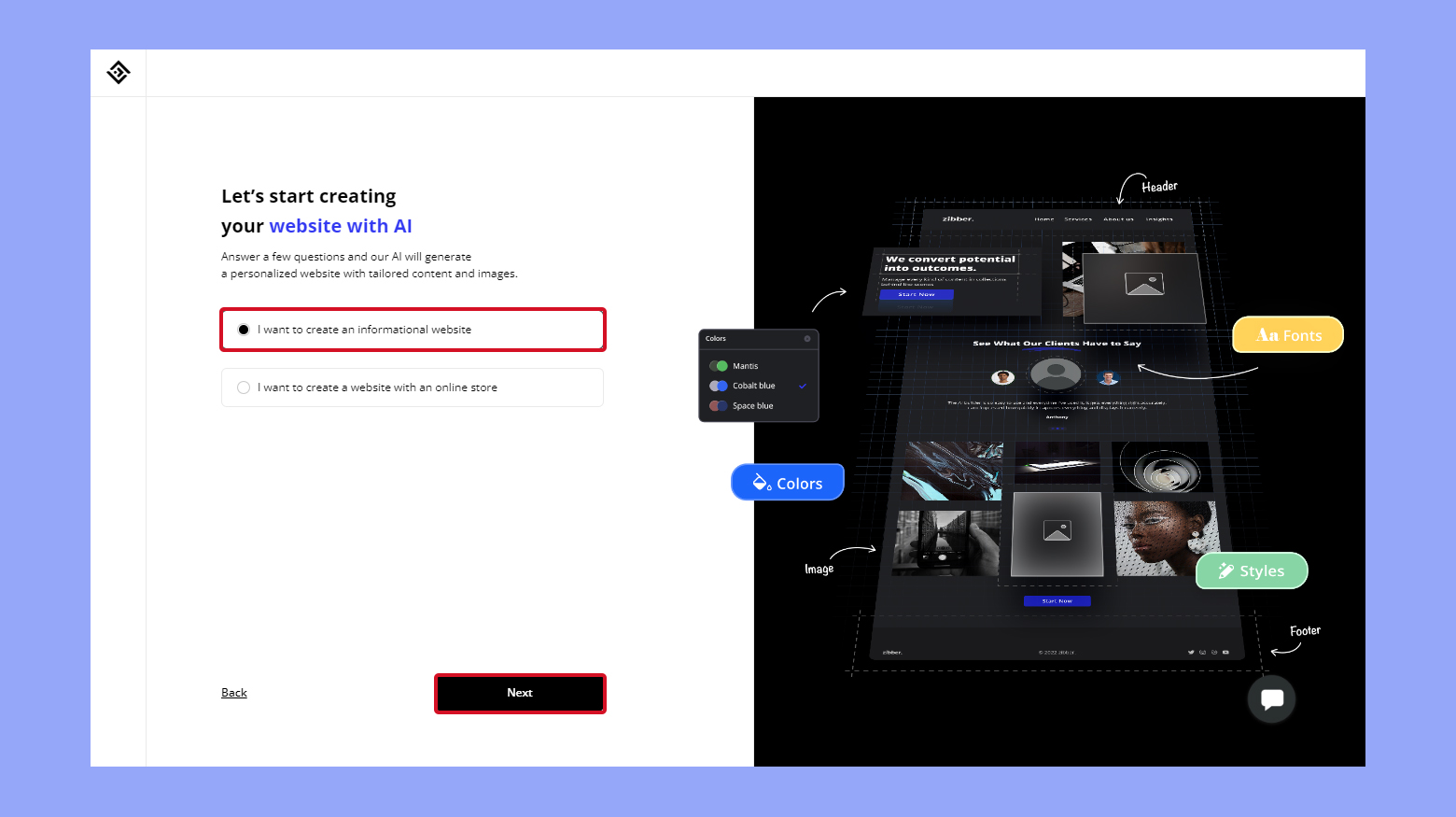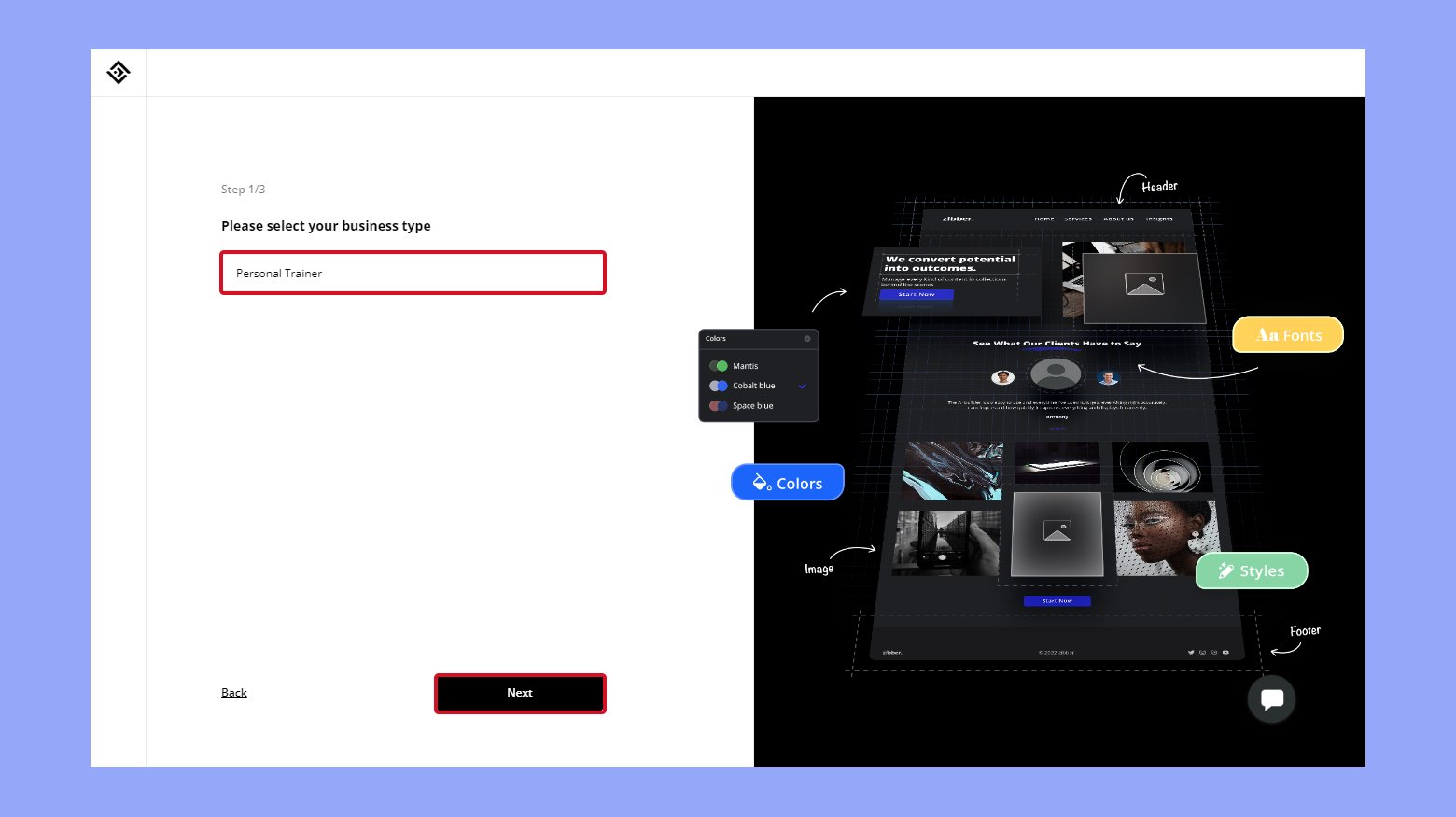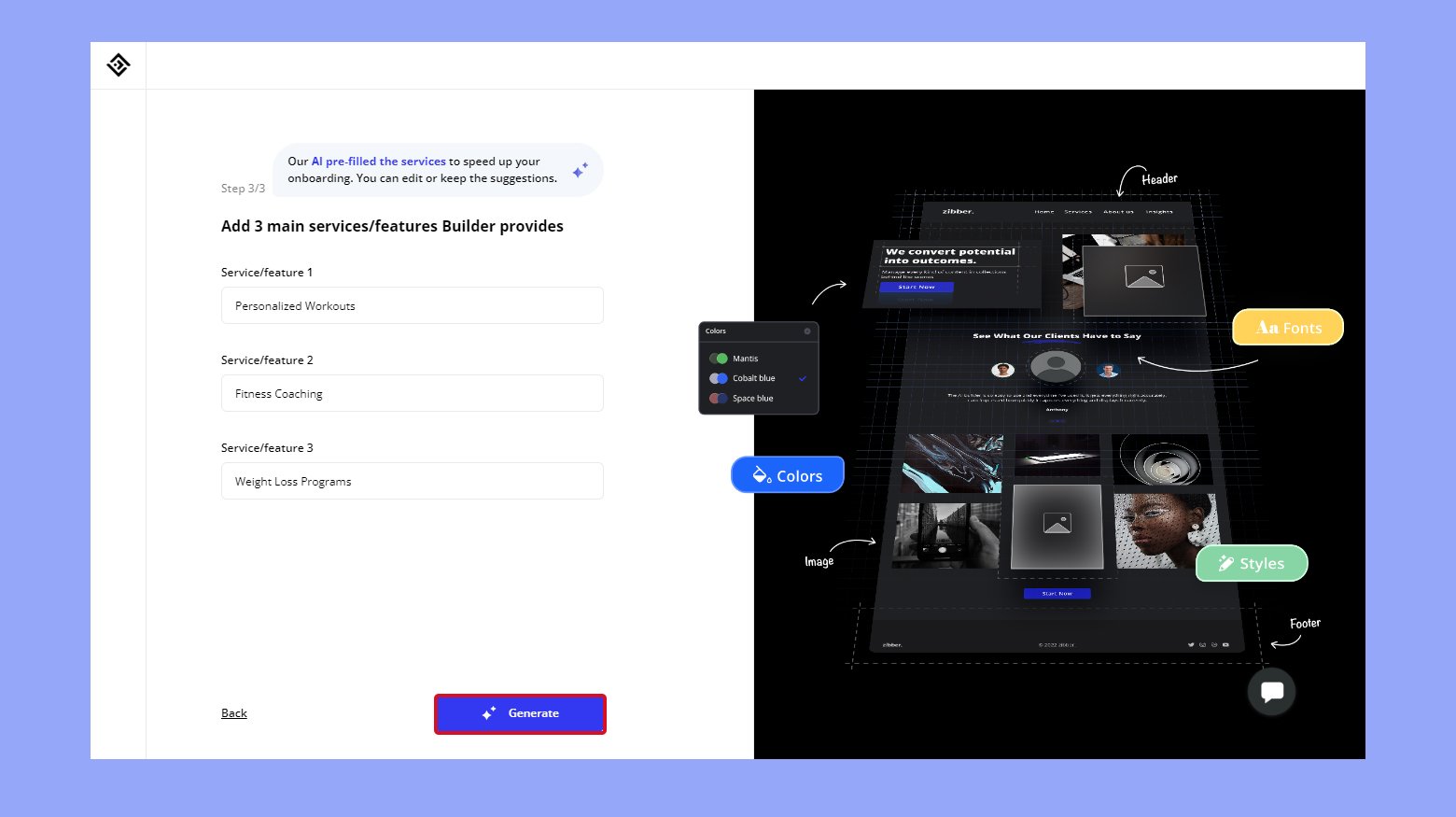The opportunities in starting a personal training business are vast and varied. As a personal trainer, you have the chance to help people achieve their fitness goals, improve their health, and enhance their overall well-being. The excitement comes from the potential to continuously learn new techniques, specialize in different areas of fitness, and grow your business in a dynamic and ever-evolving industry.
This guide will help you navigate the key steps of starting your own personal training business. With the right planning and dedication, you can build a successful business and make a real impact on your clients’ lives.
FAQ
How profitable is personal training?
Personal training can be quite profitable, especially if you build a strong client base and offer specialized services. Earnings vary widely based on location, experience, and the services provided. On average, personal trainers can earn between $40,000 to $70,000 per year, with potential for more if you offer high-end or niche services. Building a reputation and gaining certifications can also increase your profitability.
How do I start a personal training business from scratch?
Starting a personal training business from scratch involves several key steps:
- Get certified: Obtain certifications from reputable organizations like NASM, ACE, or ISSA.
- Create a business plan: Outline your goals, target market, services, pricing, and marketing strategies.
- Register your business: Choose a business name, register with local authorities, and get any necessary licenses.
- Set up your space: Decide whether to train clients at a gym, in their homes, online, or in your own studio.
- Build your brand: Develop a logo, create a website, and establish a social media presence.
- Market your services: Use social media, word of mouth, and local events to attract clients.
- Network: Connect with other fitness professionals and local businesses to grow your client base.
How much does it cost to start a personal trainer business?
The cost to start a personal training business can vary widely. On average, initial expenses might range from $2,000 to $10,000. Key costs include:
- Certifications and insurance: $500 – $2,000
- Equipment: $1,000 – $5,000
- Marketing and website: $500 – $2,000
- Rent (if leasing a space): $500 – $1,000 per month
- Miscellaneous: Business registration, legal fees, and utilities.
How to start a personal training business with no money?
Starting a personal training business with no money requires leveraging free resources and being creative. Begin by using free marketing tools like social media platforms to promote your services and attract clients. Train clients outdoors or at their homes to eliminate rental costs. Start with minimal equipment, borrowing or renting what you need until you can afford to buy your own.
Offer online training sessions through free video conferencing tools to expand your reach without additional expenses. Network with local gyms and fitness centers to get referrals or work as an independent contractor. Consider bartering your training sessions for other services, such as graphic design or accounting, to support your business operations. Start small, focusing on a few clients, and reinvest any earnings back into your business to gradually grow and expand.
Create your custom online store in minutes with 10Web AI Ecommerce Website Builder and take your business online. 
Looking to sell online?
Stage 1: Laying the groundwork
Starting a personal training business requires solid planning and clear understanding of your market. Identifying your niche and understanding your target customers are crucial steps.
Step 1: Exploring the market
Before diving in, research the demand for personal trainers in your area or online. Look at existing competitors, their services, and pricing. Use tools like Google Trends or industry reports to gather data about potential clients.
Visit local gyms and fitness centers to see what they offer. Understanding who your competitors are and what makes them successful is essential. Look for gaps in the market you can fill.
Identify your target demographic. Are they young professionals, seniors, or athletes? Knowing your audience helps tailor your services to meet their needs better.
Defining your niche
Finding your niche sets you apart. Think about your passions, background, and skills. Are you interested in weight loss, bodybuilding, or rehabilitative training? Choose a niche that excites you.
Specializing helps attract clients looking for specific expertise. For example, if you focus on post-natal fitness, you’ll draw new moms.
Create a unique value proposition. What makes your training style different? Is it your personalized approach or your use of technology? Clarity in your niche will help you market your services effectively.
Being specific about your niche increases your likelihood of success. Remember, people seek experts.
Step 2: Business planning and strategy
Creating a solid foundation for your personal training business involves detailed planning and careful financial management. To get started, you’ll need to create a strong business plan and manage your finances effectively.
Creating a solid business plan
A well-crafted business plan is essential. It outlines the direction, goals, and overall strategy for your personal training business. Start by describing your business, including the services you will offer and your target market.
Next, set clear goals. These could be financial targets, client acquisition goals, or operational milestones. Break these into short-term and long-term objectives.
Steps to create a business plan:
- Executive summary: Briefly describe your business and its objectives.
- Business description: Detail the services you offer and your unique selling points.
- Market analysis: Research and analyze your target market and competitors.
- Marketing strategy: Plan how you will attract and retain clients.
- Operations plan: Outline daily operations and logistics.
- Financial plan: Include startup costs, ongoing costs, pricing strategies, and profit projections.
Financial management
Proper financial management is crucial for long-term success. This involves accurate accounting, budgeting, and financial forecasting. Start by setting up a system to track your income and expenses. Tools like QuickBooks or Excel can help.
Key points to manage your finances:
- Startup Costs: List initial expenses, like equipment and marketing.
- Ongoing Costs: Account for recurring expenses, such as rent, utilities, and supplies.
- Pricing Strategy: Determine how much to charge for your services. Consider competitor pricing, your costs, and desired profit margins.
- Financial Projections: Estimate future revenue and expenses to understand cash flow.
Keep an eye on your budget to ensure profitability. Regularly review and adjust your financial plan based on performance and market conditions.
Step 3: Legalities and compliance
Starting a personal training business requires more than just fitness knowledge. You need to set up your business structure properly and ensure you have all necessary permits and licenses to operate legally.
Choosing the right business structure
Selecting a legal business entity is one of the first and most important steps when starting your business. Options include sole proprietorship, partnership, Limited Liability Company (LLC), and corporation.
A sole proprietorship is the simplest form and is ideal if you are running the business alone. However, it offers no personal liability protection.
A partnership is similar but involves two or more people. Each person shares liability and profits.
An LLC combines the simplicity of a sole proprietorship with limited liability protection. It’s a popular choice for many small businesses because it protects your personal assets from business debts.
A corporation offers more liability protection and can be beneficial if you plan to expand and seek investors. But it involves more paperwork and regulations.
You’ll need to file the necessary paperwork with your state’s business office to establish your chosen structure.
Securing permits and licenses
To legally run your personal training business, you must obtain the right permits and licenses. First, get an Employer Identification Number (EIN) from the IRS – it’s like a Social Security number for your business.
Next, check local regulations to see what business licenses and permits you need. This can vary by city and state. Common permits include a business license, health department permit, and in some cases, a home occupation permit if you’re training clients at home.
Ensure your certifications are up-to-date and recognized by reputable organizations. If you are offering nutrition advice, additional licenses might be required.
Don’t forget liability insurance. It protects you against claims that might arise from your training sessions. General liability, professional liability, and property insurance are common types to consider.
Make sure to renew these permits and licenses as required to keep your business compliant.
Step 4: Certifications and qualifications
Starting your personal training business requires the right certifications and qualifications. Here’s how you can get started:
Choose your personal trainer certification: Look for reputable organizations like the National Academy of Sports Medicine (NASM), American Council on Exercise (ACE), or International Sports Sciences Association (ISSA). These certifications will provide the foundational knowledge you’ll need to succeed.
Meet the prerequisites: Most certification programs require you to be at least 18 years old, have a high school diploma or equivalent, and hold a CPR/AED and First Aid certification.
Attend the training courses: Enroll in a certification course that fits your schedule. Courses can be online, in-person, or a mix of both. They usually cover topics like exercise science, program design, and nutrition.
Pass the certification exam: Study and prepare thoroughly. The exams typically test your understanding of anatomy, physiology, and client assessment. Passing this exam is crucial for earning your certification.
Continuing education: Once certified, keep updating your skills with continuing education courses. Most organizations require you to recertify every two to four years.
Getting the right certifications and qualifications will set you apart and boost your credibility.
Create your custom online store in minutes with 10Web AI Ecommerce Website Builder and take your business online. 
Looking to sell online?
Stage 2: Setting up shop
Setting up your personal training business requires careful planning. You need to consider where you will operate and what equipment is essential.
Step 1: Finding the perfect location
Choosing the right location is critical for your personal training business. Think about renting a place that is accessible and attractive to your target clients.
Look for areas with high foot traffic, convenient parking, and nearby public transportation. Consider what other businesses are in the area. A location close to gyms or health food stores might attract people interested in fitness.
Remember to check the costs of renting the space. Don’t go over your budget, but avoid choosing a place that is too cheap and might not serve your needs well.
Equipping your space
Having the right equipment in your personal training space is important. Depending on the services you offer, you might need:
- Basic gym equipment: Weights, benches, and mats.
- Cardio machines: Treadmills, stationary bikes, and rowing machines.
- Specialized tools: Resistance bands, yoga props, and balance balls.
Create a budget for this equipment. Prioritize items based on what your clients need most. Start with essentials and add more items as you grow.
Illuminate your space with good lighting and keep it clean and welcoming. Consider adding mirrors to help clients check their form. Make sure the layout is safe and allows free movement.
Setting up your shop well can make a huge difference in attracting and keeping clients.
Create your custom online store in minutes with 10Web AI Ecommerce Website Builder and take your business online. 
Looking to sell online?
Stage 3: Branding and marketing
Creating a strong brand identity and employing effective advertising strategies are crucial for attracting clients to your personal training business. Here’s how you can build and market your brand successfully.
Step 1: Building a strong brand identity
Your brand identity sets you apart from other personal trainers. Start by deciding on a memorable business name that reflects your services. Design a logo that will become a visual symbol of your brand.
Next, create a website with a fitting domain name. Make sure your site is user-friendly and showcases your services, testimonials, and contact information. Use high-quality images and engaging content.
Decide on your brand message. Communicate what makes your services unique. Whether it’s a specialized training method or a personal approach, let it shine through your website and social media profiles.
Creating a personal training business website with 10Web
Creating a professional online presence is essential for the success of your personal training business. With 10Web, building a business website has never been easier. This platform uses AI to streamline the website creation process, making it accessible even if you have no technical experience. Follow these simple steps to set up an informative and engaging website that will help you attract and retain clients.
To get started:
- Go to 10Web.io
- Click on Generate your website

- From the options, choose Create a new website with AI

- Choose to create an informational website

- Select your business type

- Fill in the name of your business and a short description. You can enhance the description using AI.
- Choose Yes to get a domain or click No if you have one already
- Enter your domain name if you have chosen No (optional).
- Click Next

- Set the 3 main services/ products. This section is pre filled by AI, however, you can edit it as needed
- Click Generate to create your website

Effective online and offline advertising
For online advertising, utilize social media platforms like Facebook, Instagram, and Twitter. Share regular updates and helpful fitness tips to engage your audience. Run targeted ads to reach your ideal clients.
Set up email marketing campaigns. Collect emails through your website and send newsletters with offers, updates, and fitness advice. Use tools like Mailchimp to manage your campaigns.
Don’t overlook offline advertising. Print quality flyers and business cards. Place them in complementary businesses such as gyms, health food stores, and community centers.
Establish a Google My Business profile to improve local search visibility. Encourage satisfied clients to leave positive reviews, which can significantly boost your credibility.
Step 2: Client acquisition and retention
To build a successful personal training business, it’s essential to focus on both acquiring new clients and retaining your existing client base. This involves identifying your target audience and creating engaging and tailored training programs.
Identifying and attracting your target audience
Start by defining your ideal client. Consider factors like age, fitness goals, and lifestyle. This helps you understand who you want to reach. Use social media platforms like Instagram, Facebook, and TikTok to showcase your expertise and connect with potential clients.
Create engaging content that addresses the unique needs and challenges of your target audience. Share tips, success stories, and educational posts to build trust and credibility. Consider offering free workshops or introductory sessions to attract new clients.
Use online advertisements with targeted demographics. Paid ads on social media can reach your desired audience effectively. Don’t forget to network with local businesses and gyms to find clients interested in personal training services.
Create your custom online store in minutes with 10Web AI Ecommerce Website Builder and take your business online. 
Looking to sell online?
Creating engaging training programs
Design training programs that are tailored to each client’s goals. Start every client’s journey with a detailed consultation to understand their fitness levels, preferences, and objectives. This helps in crafting a personalized plan.
Keep your sessions dynamic and interesting. Mix up various exercises, incorporate new equipment, and regularly update the workouts to prevent monotony. This keeps your clients motivated and engaged.
Encourage ongoing communication and regular feedback. Ask clients for their thoughts on the program and make adjustments as needed. This shows you value their input and are dedicated to their success. Celebrate their milestones, no matter how small, to keep them motivated.
Step 3: Risk management
Running a personal training business comes with its own set of risks. It’s important to manage these risks effectively to ensure the safety of your clients and the success of your business.
Start with the following steps to handle risk management:
- Get liability insurance: Liability insurance protects you if a client gets injured during a training session. It’s a crucial safeguard for your business.
- Invest in business insurance: Business insurance can cover property damage, theft, and other unexpected events. It helps keep your business stable despite unforeseen losses.
- Follow industry regulations: Make sure your business complies with all local and national regulations. This includes obtaining necessary certifications and adhering to health and safety standards.
- Create a safety plan: Develop and implement safety guidelines for your training sessions. This includes proper equipment use, emergency procedures, and hygiene protocols.
- Document everything: Keep detailed records of each training session, including any incidents or injuries. This documentation can be important if any legal issues arise.
- Conduct risk assessments: Regularly assess potential risks in your gym or training environment. Look for hazards and take steps to eliminate or reduce them.
- Train your staff: Ensure that any other trainers or staff members are trained in risk management practices. This includes first aid and emergency response training.
Managing risks in your personal training business is vital. It not only protects your clients but also helps maintain your business’s reputation and financial health.
Step 4: Expanding your business
Growing your personal training business can be an exciting journey. Use these steps to expand.
- Hire professionals: Bringing in other trainers can help you take on more clients and offer varied expertise. Look for trainers who specialize in different areas.
- Mine niche markets: Tap into specific groups like athletes, seniors, or new moms. Finding a niche helps you stand out from competitors.
- Leverage technology: Use fitness platforms and apps to offer online training sessions. This allows you to reach clients who prefer working out at home.
- Offer subscriptions: Create subscription models with access to workout videos, nutrition plans, and regular check-ins. This provides steady income and builds client loyalty.
- Provide more services: Add mental wellness workshops or nutrition counseling. This offers clients a more holistic approach to health and fitness.
- Streamline bookings: Use an optimized app to handle scheduling and communication. A seamless process helps attract and retain clients.
- Focus on client satisfaction: Exceptional customer service, like prompt responses and follow-ups, earns trust and encourages referrals. Small gestures, such as personalized plans or birthday messages, can make a big difference.
These steps will help you scale your business effectively, reaching more clients and offering diverse services.
Continued development and education
To succeed in personal training, you need to keep learning and growing. Staying informed about the latest fitness trends and methods helps you stand out. Here are some steps to ensure your education and development:
- Attend workshops and seminars
- Local fitness events
- Online webinars
- Get certified and recertified
- Look for respected organizations like ACE or NASM
- Keep your certifications current
- Join professional groups
- Networking opportunities
- Share and gain knowledge
- Read industry publications
- Fitness magazines
- Online fitness blogs
- Take specialized courses
- Nutrition
- Advanced exercise techniques
- Seek mentorship
- Find experienced trainers
- Get advice and feedback
- Use online learning platforms
- Courses on platforms like Coursera or Udemy
- Topic-specific classes
- Track trends and research
- Follow studies in journals
- Stay updated with new fitness research
- Practice what you preach
- Incorporate new methods in your routines
- Share your experiences with clients
- Get client feedback
- Understand their needs
- Adjust your programs accordingly
Conclusion
Starting and growing a personal training business offers numerous opportunities to make a significant impact on your clients’ lives while building a successful enterprise. This guide has covered the essential steps, including market research, niche identification, business planning, legal compliance, and obtaining certifications.
Setting up a professional space, creating a strong brand, and implementing effective marketing strategies are crucial for attracting and retaining clients. Managing risks, continuously developing your skills, and expanding your services will ensure long-term success and sustainability. With dedication and strategic planning, you can thrive in the dynamic and rewarding personal training industry.























